The best trees to attract wildlife to your garden
Our top 10 trees to bring birds and other wildlife to your garden - no matter how small the space.
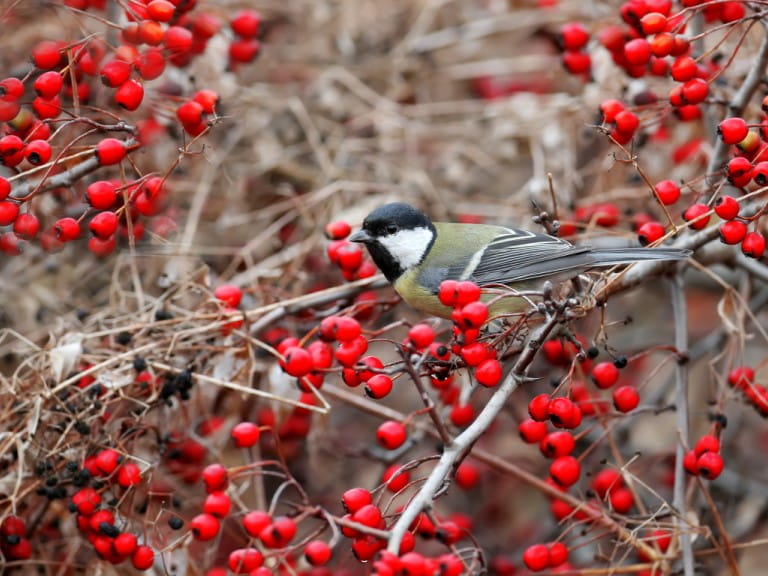
Our top 10 trees to bring birds and other wildlife to your garden - no matter how small the space.

This might seem like a daft question but I will address it to challenge the notion that some gardens are too small for trees.
The definition of a tree is a long-living, woody plant with a single trunk supporting branches (high) above the ground, unlike a shrub which is usually categorised as having multiple branches from the base. Some definitions attempt to give a height difference between shrubs and trees, but the truth is that trees literally come in every shape and size - think anything from bonsai to baobab!
Trees can be free-standing or trained against a wall, they can be left to attain their full height and shape or kept in check with judicious pruning; they can even be trained into weird and wonderful topiary figures or even cordoned for design and productivity. There are dwarf trees and trees that come grafted on to dwarf rootstock, so there's no excuse: there is a tree for everyone and for every situation, no matter how big the space.
In conjunction with this article please take time to read my article on wildlife-friendly shrubs, which covers some species such as Cornelian cherry, buckthorns, dogwood and guelder rose. At the interface of shrubs and trees, all of these would make suitable additions to a small garden.
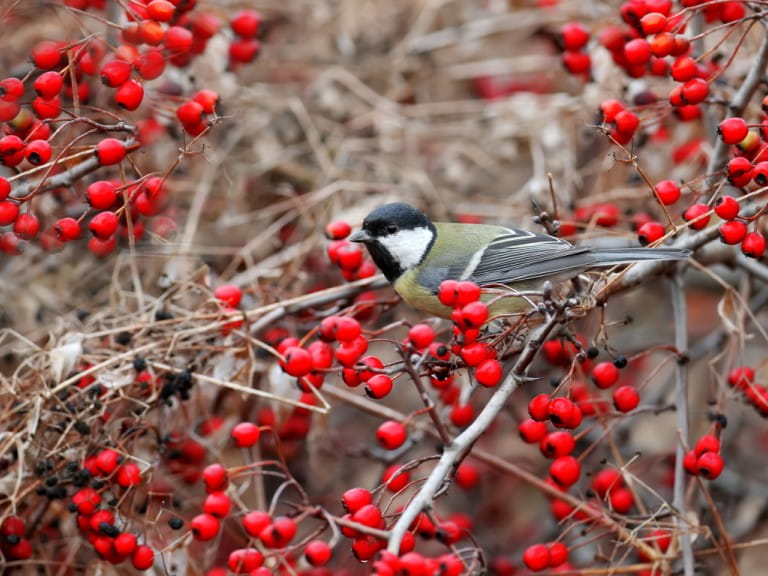
Without trees gardens can be quite two-dimensional. Adding height makes a huge difference to how the garden looks, and crucially for wildlife, it dramatically increases the amount of surface area that can be utilised.
The caterpillars of many moths and some butterflies depend upon the leaves of trees. Less obvious, but just as important, are the larvae of sawfly and other obscure insects that act as a food source for birds. Blue tits, coal tits, great tits and long-tailed tits all collect copious quantities of caterpillars to feed their growing young at the nest; without trees they wouldn’t be able to find enough food.
It should come as no surprise that native insects use native trees in a relationship formed through evolution; for example a mature oak tree (too big for many gardens) can support more than 280 different species of insect.
That’s not to say that non-native trees should be overlooked. They might not be useful as a foodplant for caterpillars but they, like many native trees, can provide nectar for insects and fruit for a variety of creatures.
A tree can be regarded as a flowerbed in the sky. Many trees are laden with blossom in the spring and can literally buzz with bees. The same trees, later in the season, provide a bounty of fruit, whether that’s edible to us or just our wild visitors. Aesthetically we get a wonderful range of seasonal colours from these trees starting with fresh green foliage in spring usually followed by blossom, fruit and autumnal colour.
Trees are attractive to birds with many choosing to sing from their branches and others making their nests in them. Birds often prefer quite large, mature trees but will take to smaller, denser varieties for nest-making. For this reason it might be worth considering an evergreen tree or alternatively plan to have a tree with a climber growing up it. The climber can provide dense cover for birds to nest or insects to hibernate, again it’s a matter of increasing the surface area and diversity of habitat in a small space.
With garden birds in mind it is worth considering which shrubs might grow underneath a tree. Shrubs provide a density of cover not found in typical deciduous trees, so when planting a tree consider how it works with your other garden plants.
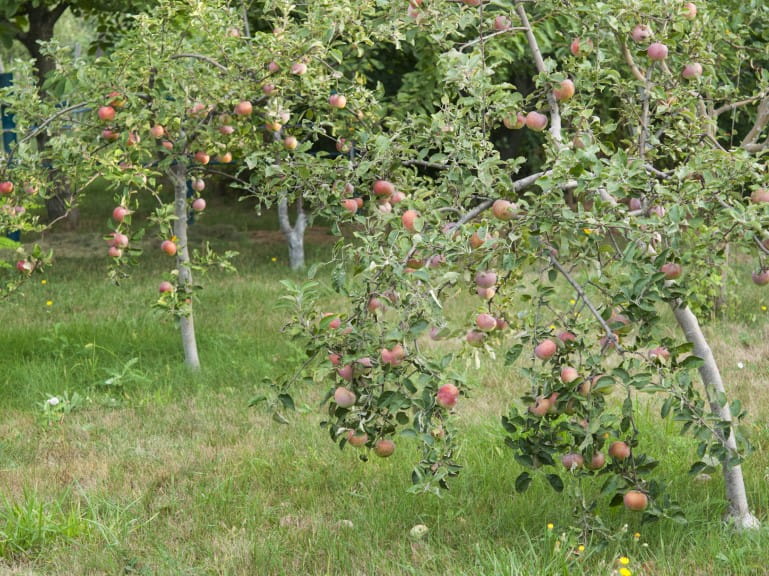
Before planting a tree it is vital to consider how big it will grow and whether that is suitable for the space available. Think about how far the roots will extend and where the shade from the tree will be cast when it is mature. This shade might be welcome to us, particularly on sunny days, but it is important to think about which plants will be able to grow underneath.
It is usually possible to get a larger tree than you might want and keep it pruned back, but this will involve a fair amount of work on an annual basis, so it might be better to get something that is naturally smaller. Many fruit trees, for example, come on a dwarfing rootstock, ideal for small gardens. Other species (such as rowan) have been altered to create smaller, ornamental varieties that will remain more compact.
Always seek advice when buying a tree. This is particularly true of ornamental varieties. When a wild tree has been altered it will have different characteristics; some might be smaller, others spread more, some might be bred for variegated leaves at the expense of fruit production, for example.
A tree is a major investment of time. I am in my fifties and have just planted ten yew trees on my smallholding. That might seem a waste of time since I will be long gone by the time they reach maturity, but I am aware of this fact and made the decision in that knowledge. In contrast there are many trees that grow a lot faster and will reach a productive stage much quicker. One expensive alternative is to splash out and buy a more mature tree in the first place.
One further point to consider is whether you have space for more than one tree or if there are other trees in the immediate area. If there is a hawthorn in the garden next door then consider a different tree that produces fruit either earlier, such as the rowan, or later, for example the holly. If you can grow three trees you can provide fruit and berries from August (some apples and rowan) right through to December (holly and some crab apples).
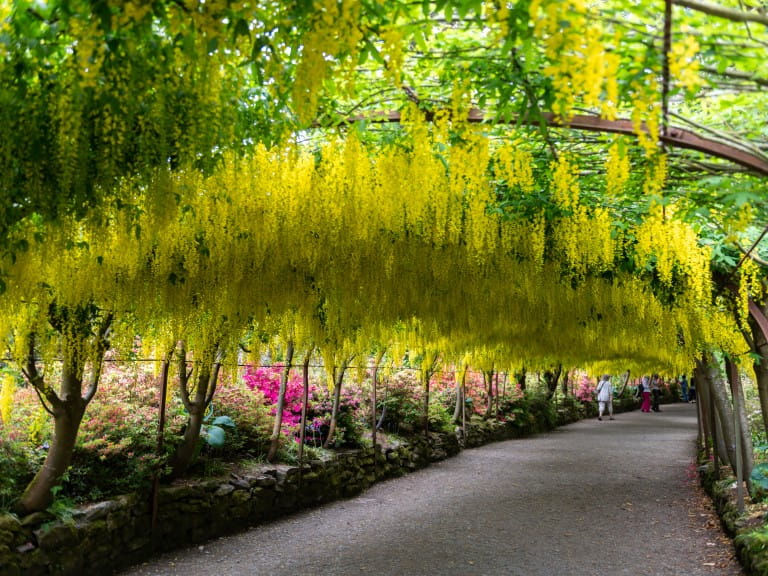
Spindle is a small native tree which grows to only about 6 metres tall. It has insignificant blossom but very attractive orange and pink berries which are eaten by birds and its foliage looks great in autumn.
Laburnum is a small tree, growing to about 7 metres tall. Its wildlife value is in the number of flowers it produces. In May/June this tree can be smothered in yellow blossom and literally buzzes with bumblebees. The only drawback is that this is a poisonous tree so might not be the best option for a family garden, children can be tempted to eat the attractive seeds which form in pods which resemble peas.
Elder is a relatively small tree with a maximum height of about 8 metres. This is a tree which doesn’t need much attention, it grows quickly even on waste ground and can be pruned heavily. Elder can look a little untidy but is very productive of both blossom in early summer and berries in autumn. The flowers can be used for making wine and tea, the berries (rich in vitamin C) for wine and jam. It is good for a whole range of wildlife including moths, birds and pollinating insects.
Our native variety of crab apple grows to about 9 metres tall but there are many smaller cultivated forms, all can be pruned and still be productive. The blossom is excellent for pollinators in spring and the apples are eaten by birds, insects and mammals in late summer/autumn. I love our ornamental crab apple called ‘Golden Hornet’, it is packed with wonderful blossom in spring and its apples last well into winter.
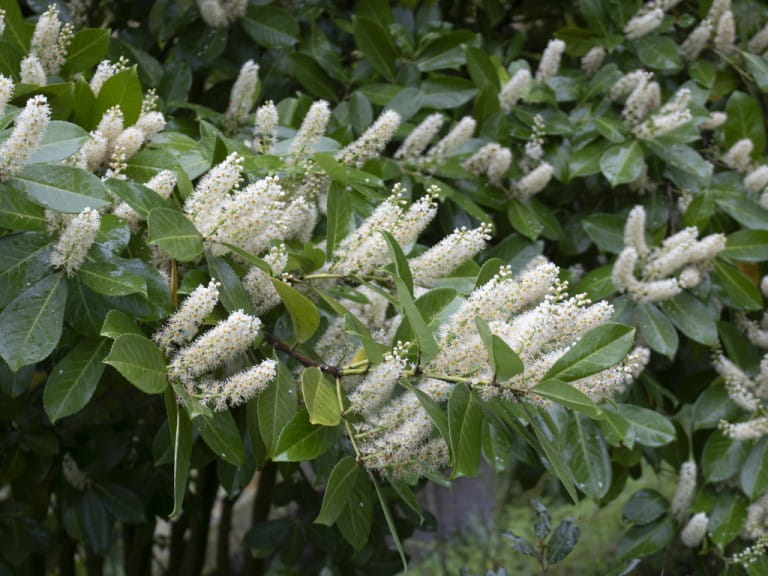
Cherry laurel is an evergreen tree that grows to about 6 metres tall. When grown in sunny spots it produces plenty of flowers which are attractive to insects and in late summer its berries are readily eaten by blackbirds. This is a non-native tree which is quite unfashionable with conservationists because where it is planted densely in woodland it creates dark shade and a rather barren understorey, but as an isolated tree in a garden it can be productive and attractive.
We have various wild fruit trees including pear, cherry, plum, medlar and damson but the easiest of all fruit trees to grow is the apple. A huge number of varieties are available including plenty on dwarf root stock which are ideal for small gardens. Apple blossom is great for insects and the fruit eaten by birds, insects and mammals. Different varieties can fruit from summer through to late autumn. Apple and crab apple trees are an important host of several moth species.
Rowan tends to be quite a slow growing tree with an attractive, quite thin, shape. Many varieties are available some are quite suitable for smaller gardens. Rowans have an attractive blossom and in late summer produce beautiful clusters of berries. The native rowan has red berries but different cultivars have different coloured berries, all produce an attractive autumnal foliage.
Hawthorn is a native tree often used as a hedging plant in the countryside, it can reach 14 metres tall but can be cut back. Hawthorn has plenty of blossom in May, in fact this is called May-blossom, and a huge number of berries in autumn (usually late October through to November) so it is great for insects, birds and mammals. It also hosts a large number of moth species making it a very wildlife-friendly tree.
The two commonest forms of cherry found in the British countryside are ‘wild cherry’ and ‘bird cherry’. Of the two, bird cherry is slightly smaller at about 9 metres tall. Wild cherry produces blossom in April, bird cherry in May, both are used by pollinators and the cherries are eaten by birds in late summer (they are inedible to humans). Bird cherry likes alkaline soil. Both trees are used by moths but the bird cherry can become heavily infested by bird cherry ermine moth caterpillars which make webs around the leaves and branches and can be unsightly. The blossom on the wild cherry is a little delicate so is best planted in a sheltered spot. Our wild cherries are alive with insects in spring. Don’t be tempted by ornamental varieties with double flowers which are not as good for insects.
Holly is an evergreen making it good for birds to nest in. The native variety can grow very tall but it can be pruned and there are many cultivated varieties with various characteristics including some dwarf species and some with variegated leaves. Be sure to source a variety which produces berries (usually mid-November through December). The flowers, though not showy, are good for insects and its berries are eaten by birds, this is also the foodplant of the holly blue butterfly’s caterpillar. Note: this is a dioecious tree so it needs both a male and a female tree for the female to produce berries.
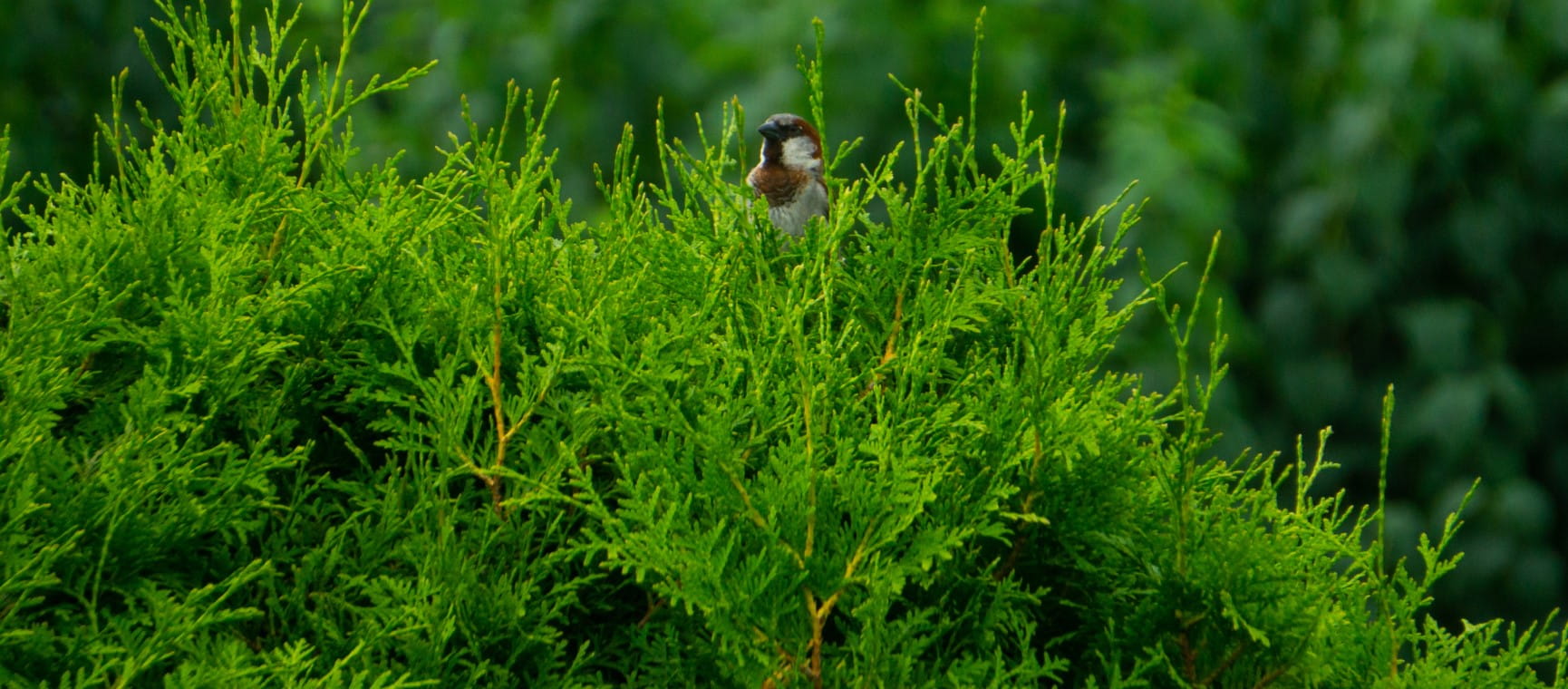
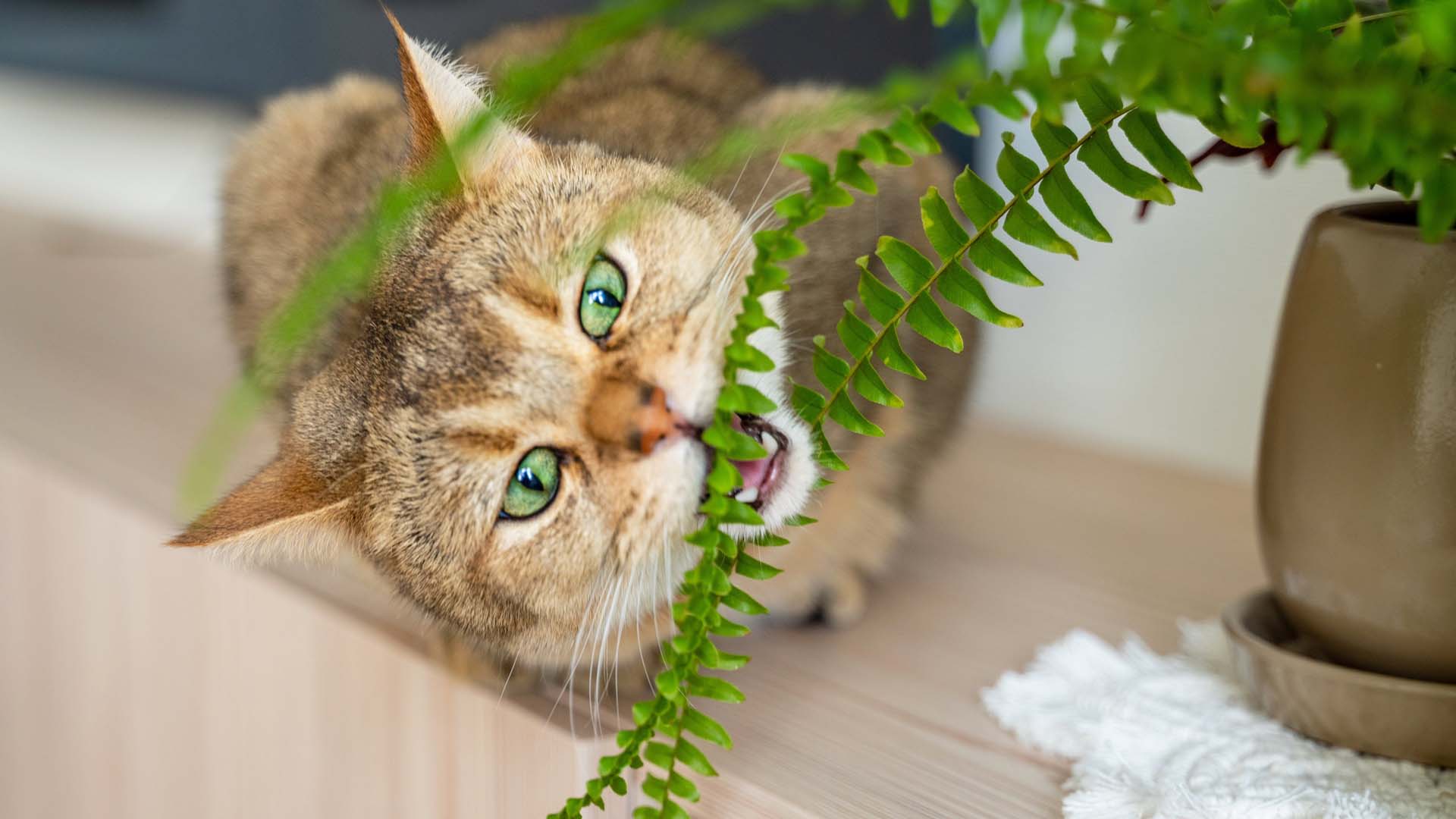
Pots at the ready – these safe houseplants for pets will help your house become tropical, not toxic.
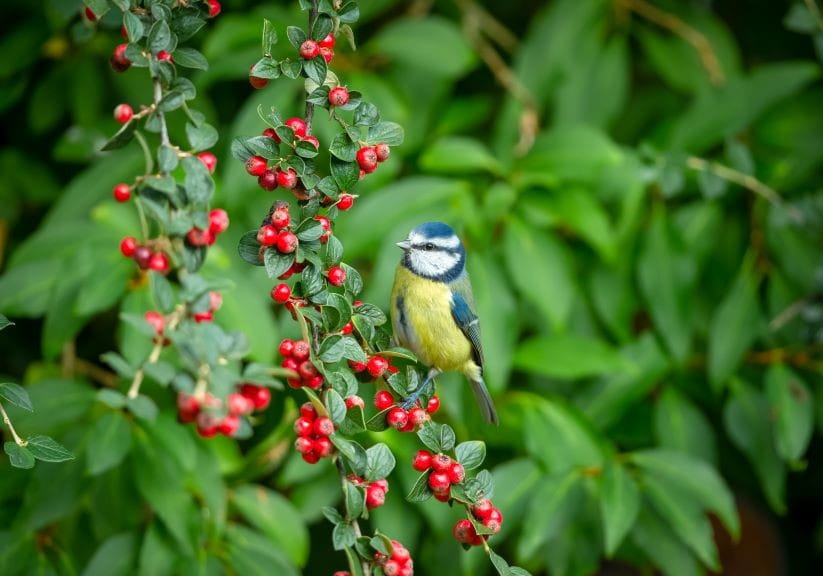
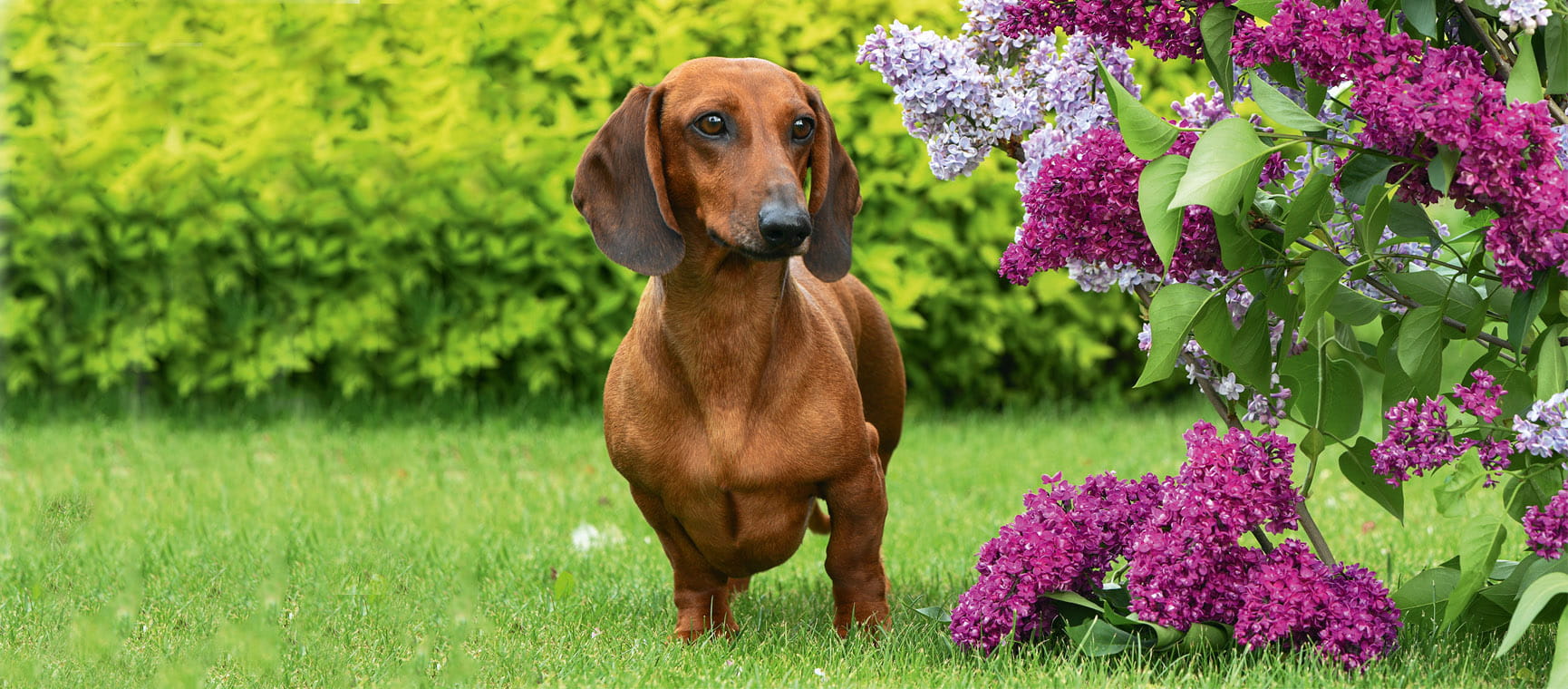
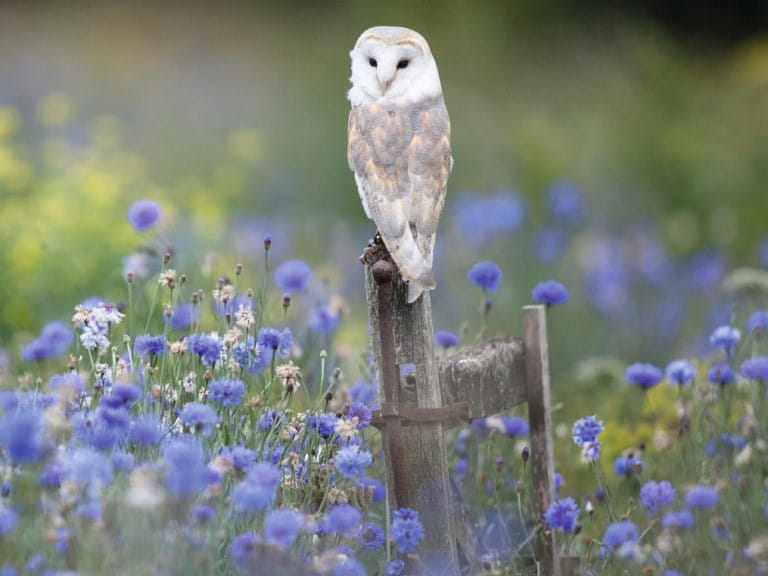
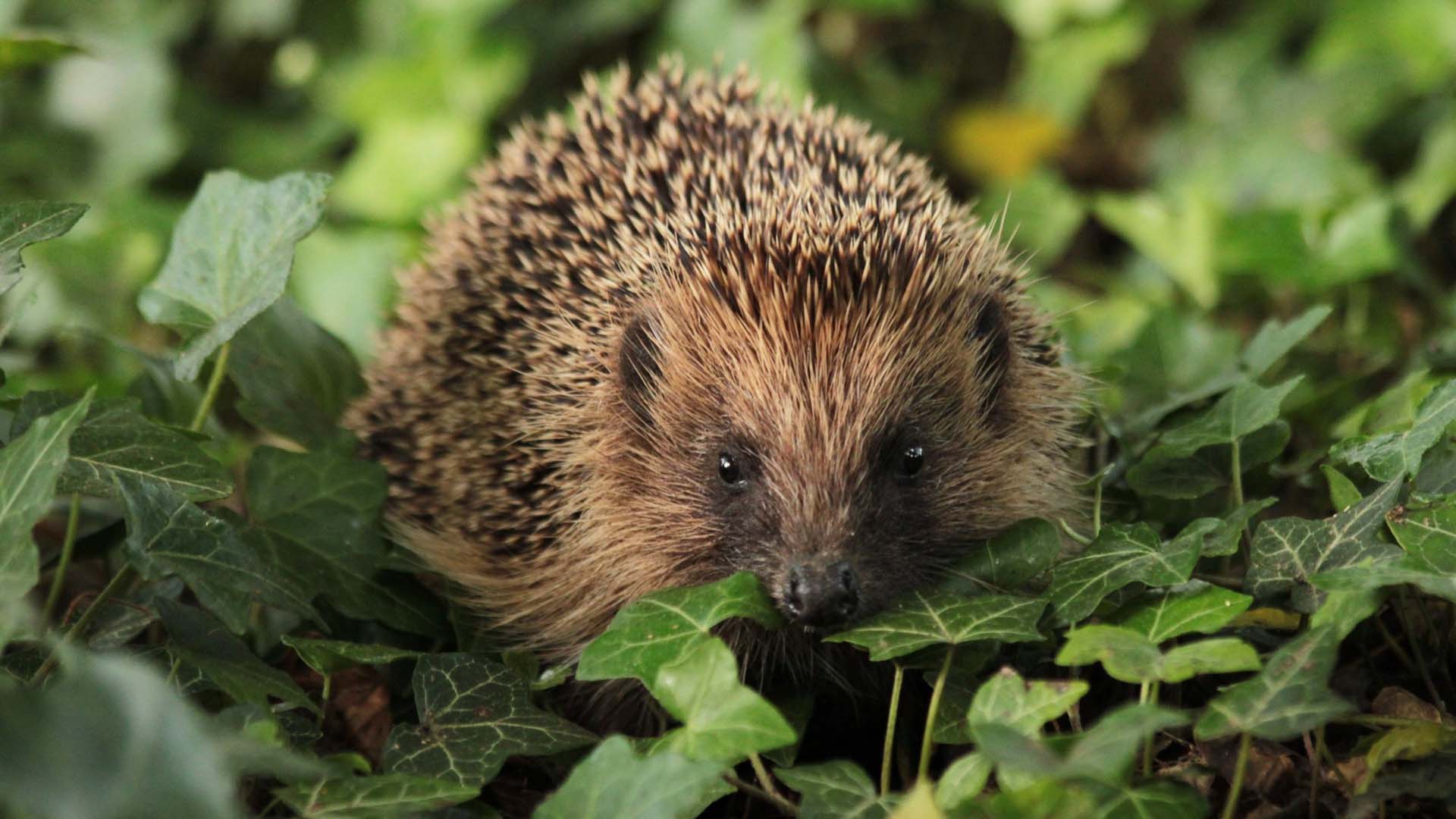
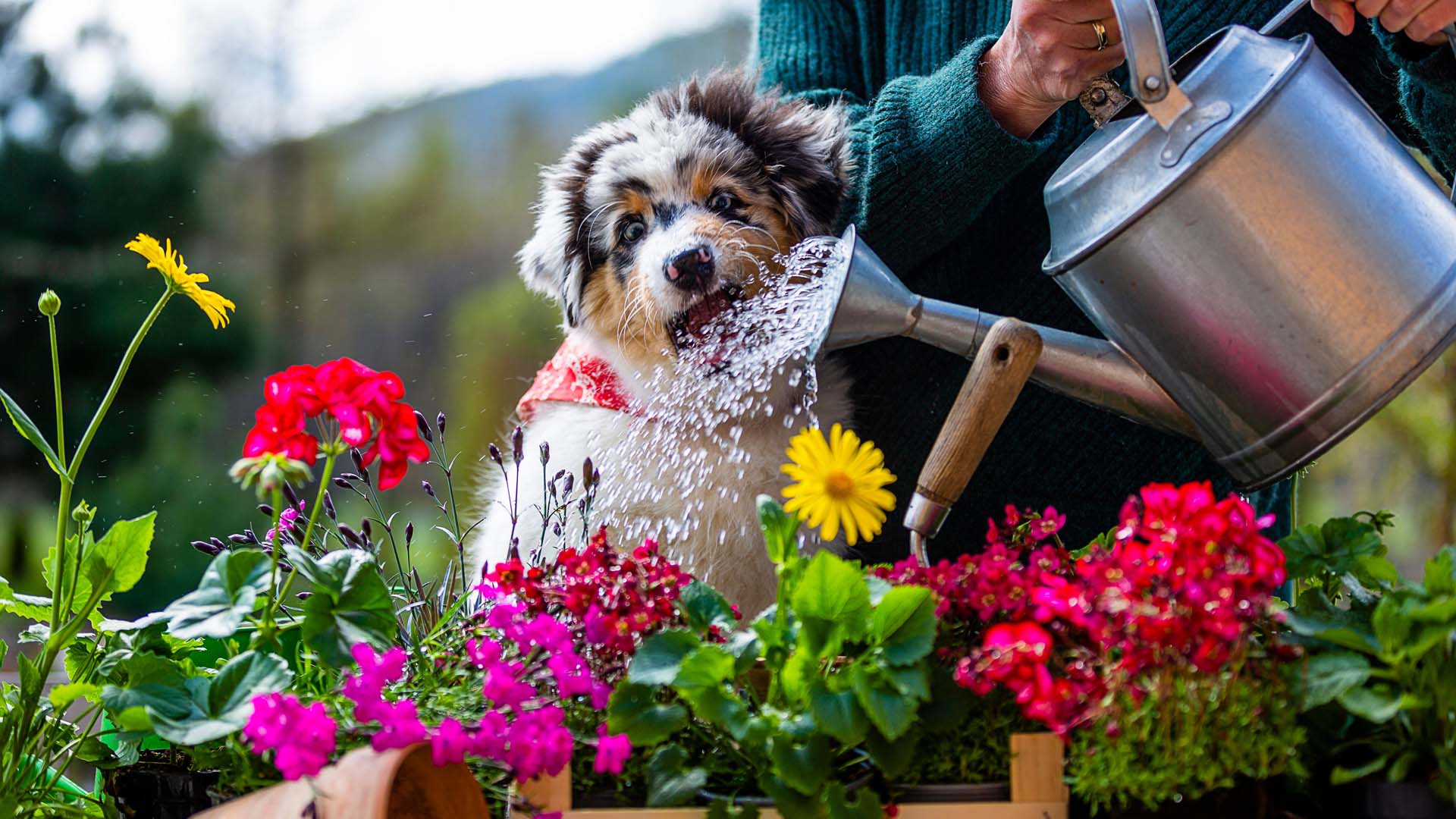
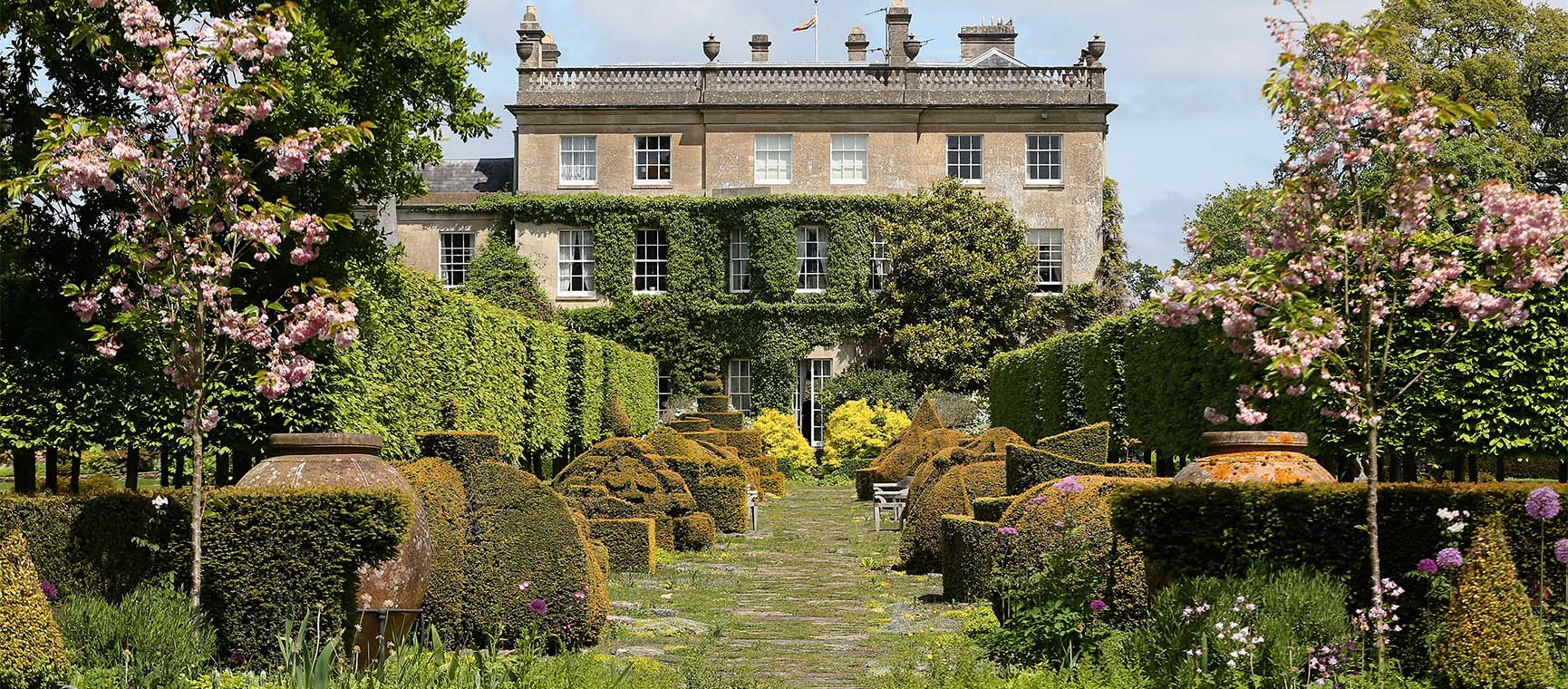
A former Highgrove gardener shares his advice. If they’re good enough for the royals, they’re good enough for us.
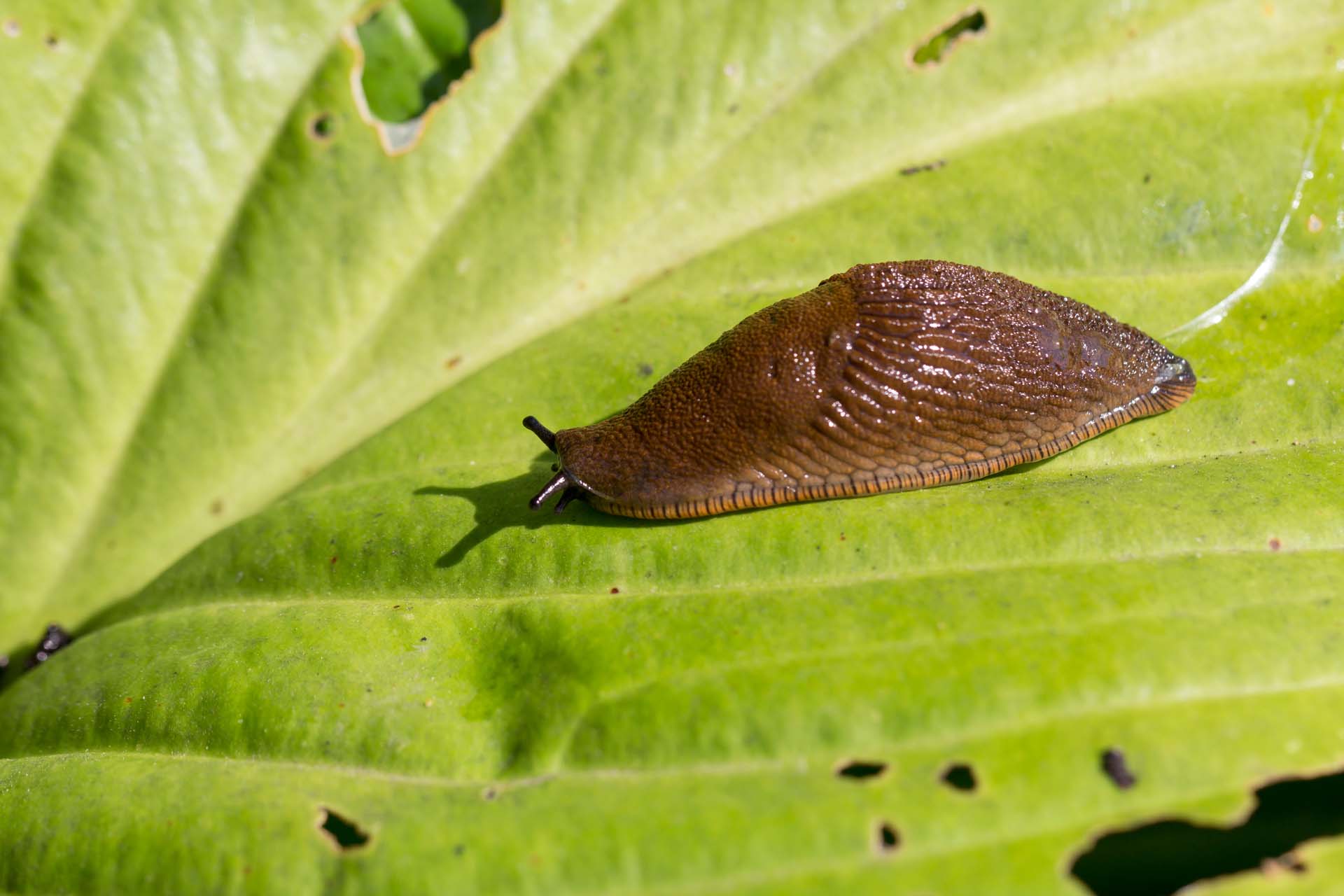
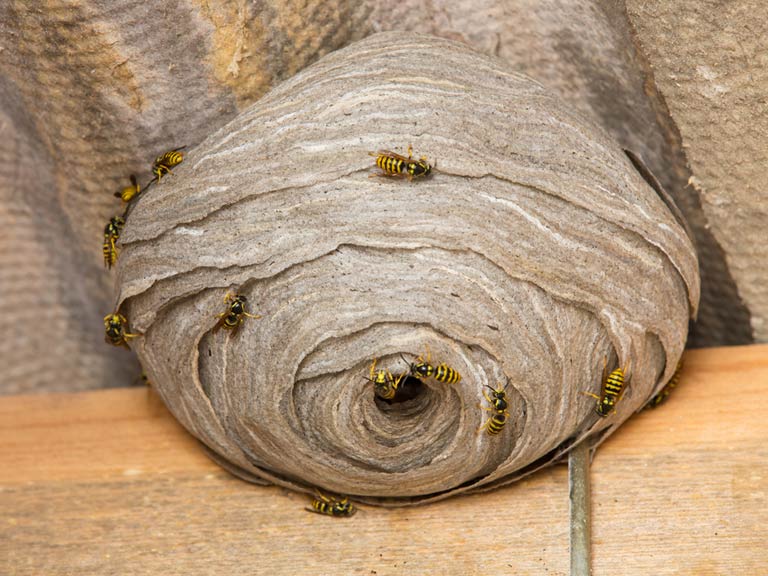
We aren’t the only ones to welcome warmer weather, wasps do too and they could be sharing your home. Find out how to identify a wasp nest and what to do about it
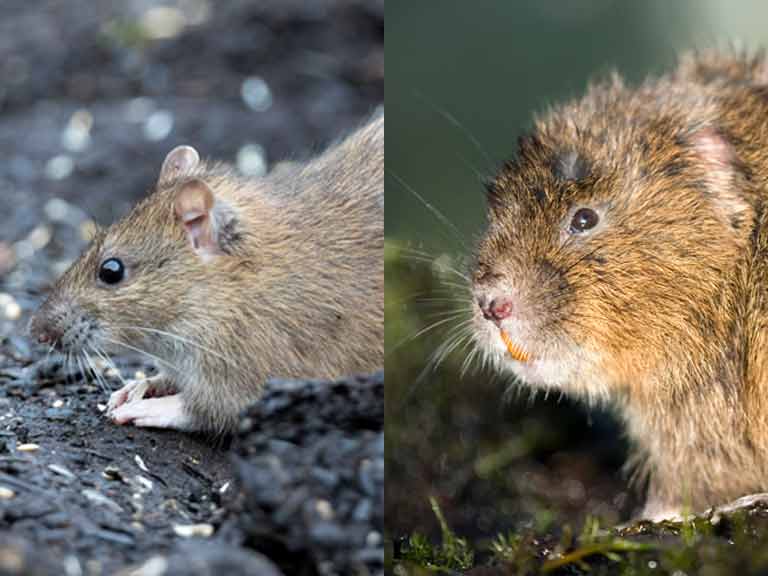
If you've seen a large brown rodent in your garden or swimming in your pond you might be wondering what it is. Wildlife expert David Chapman explains how to tell a water vole from a rat
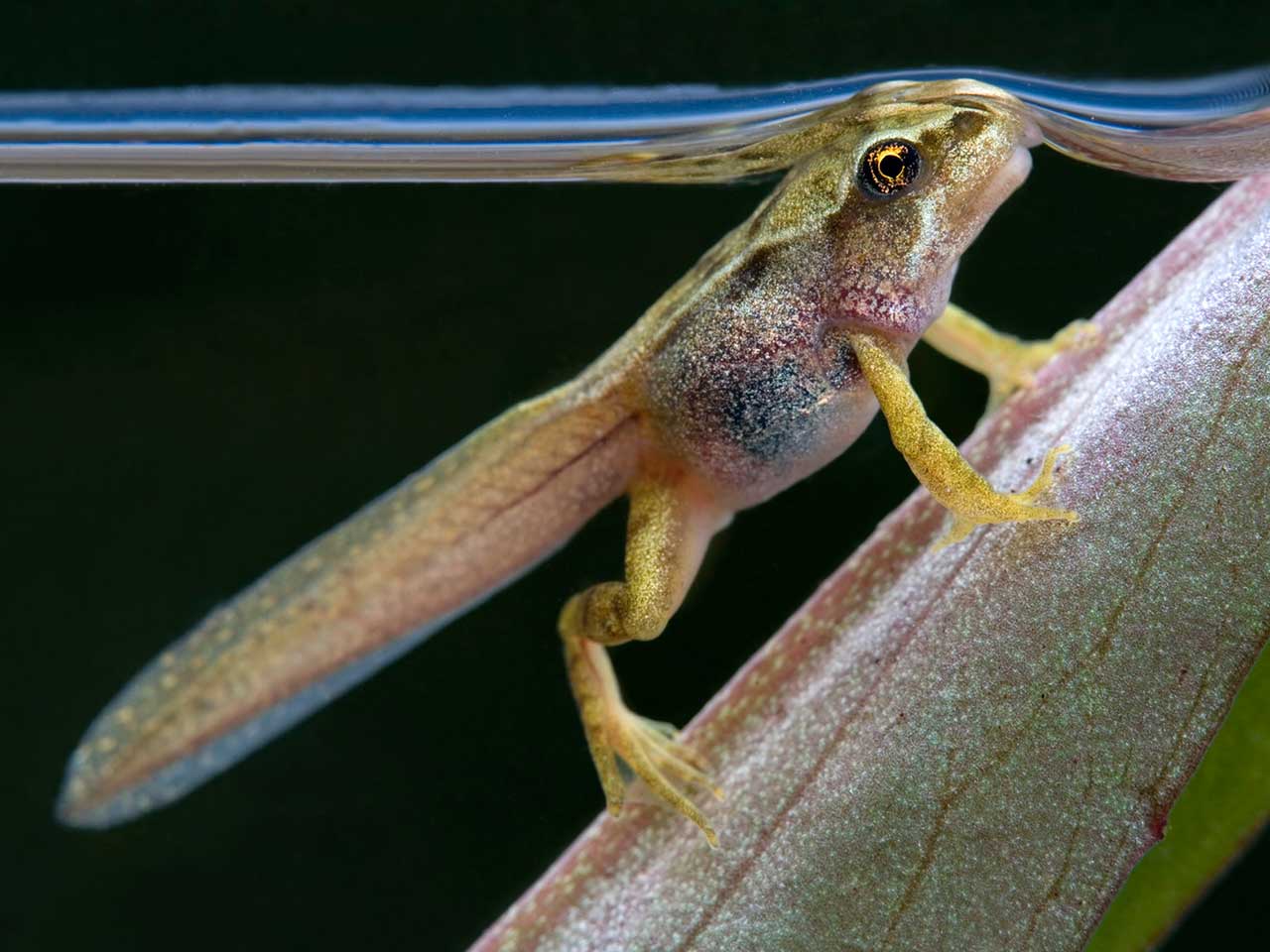
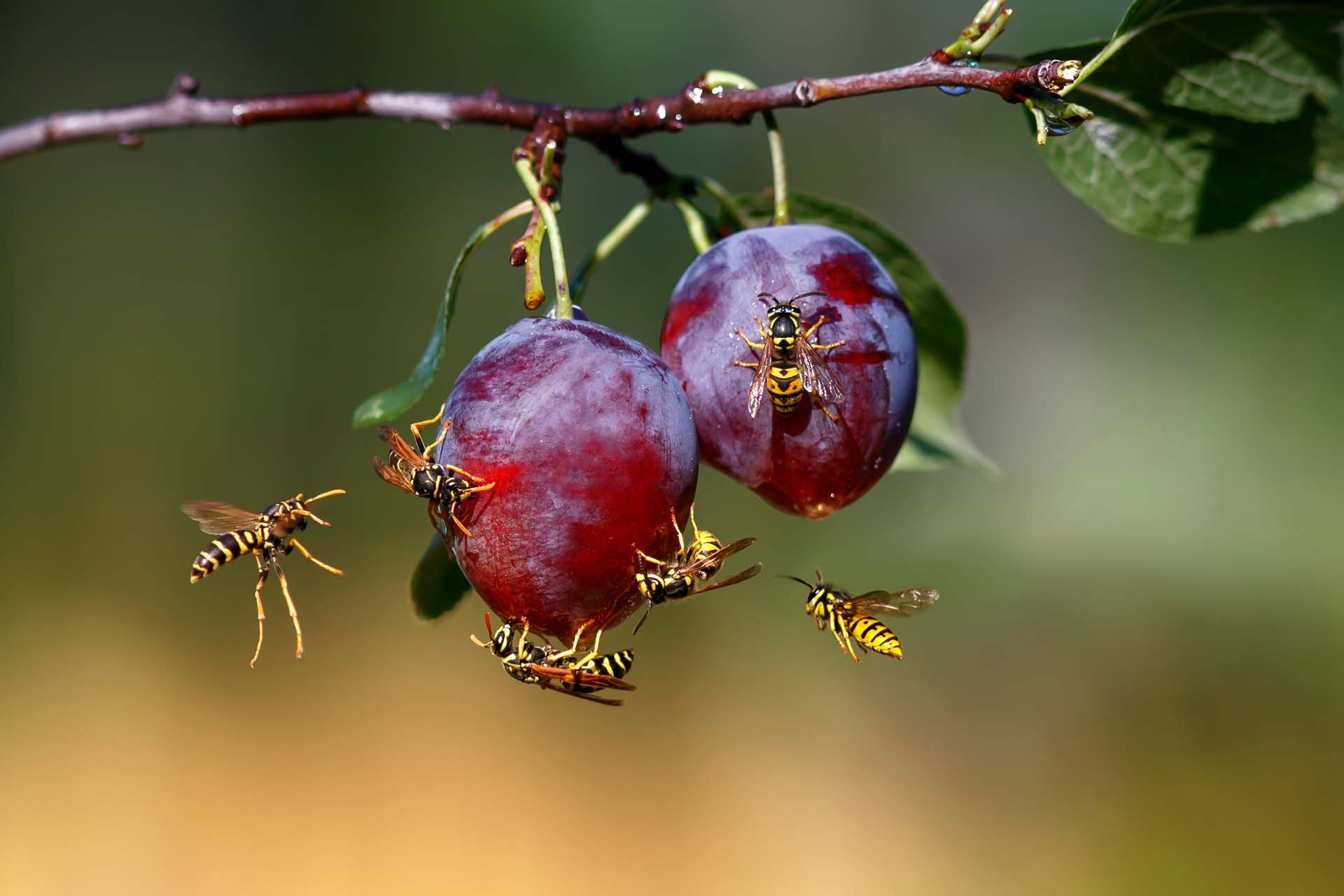
Blighted by buzzing? How to keep wasps out of your garden without harming them so you can enjoy the summer.
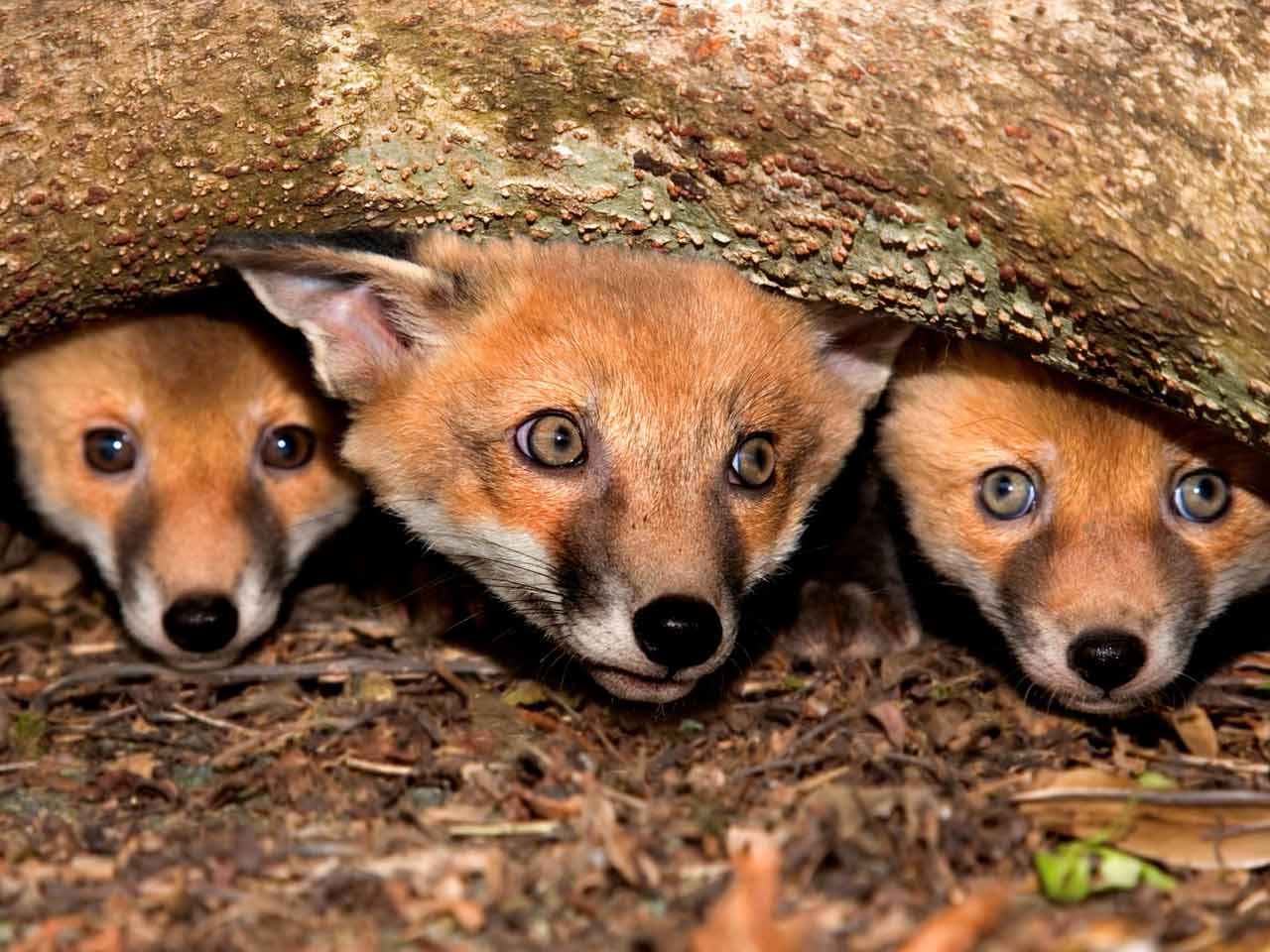
Many of us are living with foxes in our gardens - wildlife expert David Chapman explains what to feed them, how to spot illness and whether you can keep them away.
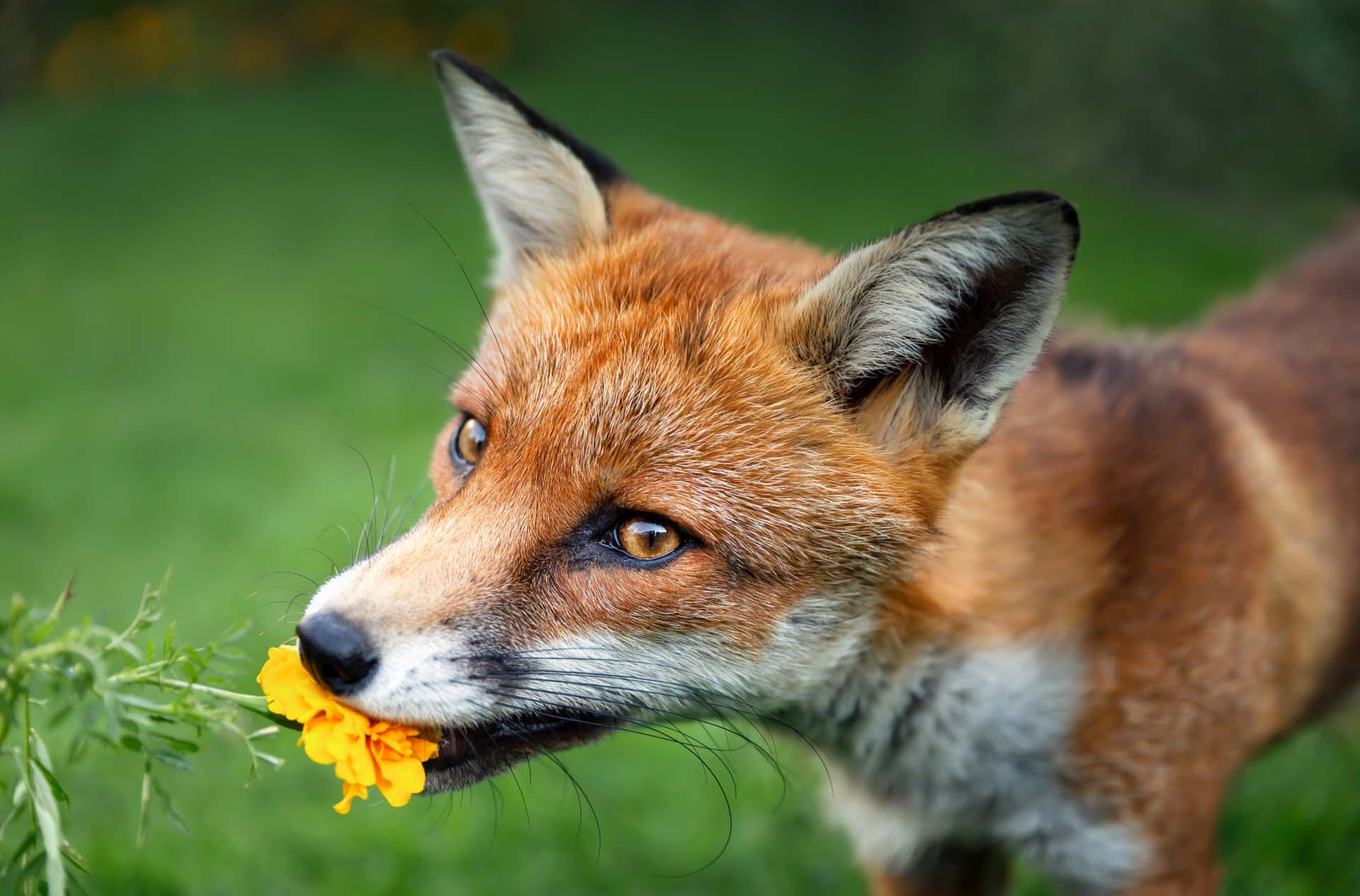
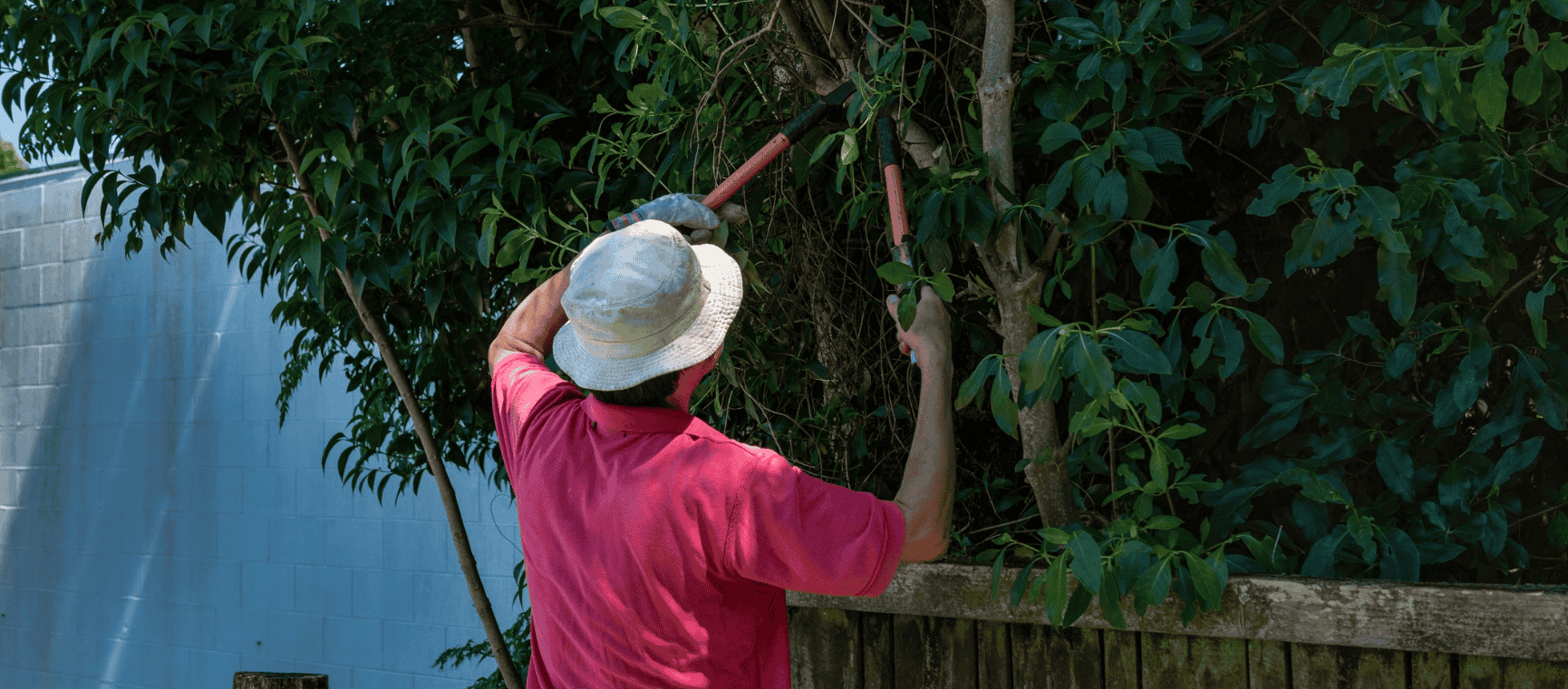
The ways you could be breaking the law in your back garden - with expert advice on how to avoid neighbour disputes, a fine or even a prosecution.